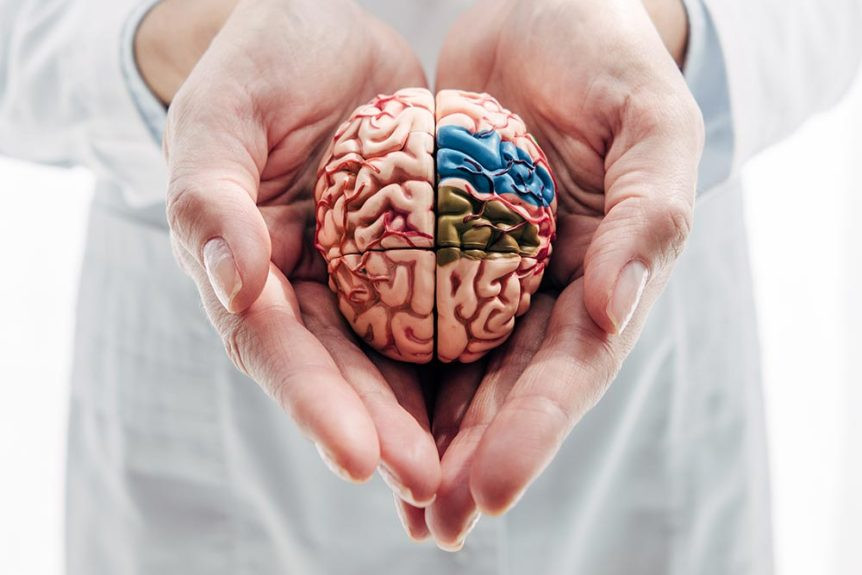April 11, 2022
We often associate the word “plastic” with cheap material used to make children’s toys and car parts. It was once the wave of the future. Petroleum produced an inexpensive textile substitute. It became synonymous with 1970s furniture and inexpensive mass-produced products. But can the term have a positive connotation? Can it apply to people? Can it help us understand the way the brain works? Can it help us help patients to hear better?

The term “plasticity” refers to the property of being easily shaped or molded. Scientists have known for generations the brains of children are set up to learn, to absorb, to adapt. Children are language sponges. They can learn new skills much faster than adults, due to brain plasticity. The brain can make new nerve connections and networks. In cases of brain damage, new connections can regain functions thought to be lost.
It was originally thought plasticity was only for the young. In adulthood, the brain could no longer adapt. Luckily, this has been proven incorrect by neuroscience in recent years. This is great news. We now know older adults can not only learn new skills, they can also regain skills thought be lost. This helps stroke and brain injured patients recover function.
And yes, this is even good news for the hearing impaired. Hearing impairment was found to be the biggest risk factor of cognitive decline in a recent study. Other risk factors included level of education, blood pressure, smoking, obesity, depression, diabetes and brain injury. However, patients improved on cognitive screenings when they were using amplification. The brain had been deprived of information due to hearing loss, and adaptations within the brain helped regain function in these patients after they began wearing hearing instruments.
Plasticity and improvement in function are a miraculous gift. We never want to waste an opportunity to help our patients maintain and improve what they have. As always, we wish to keep you on a clear path to good hearing and ear health.

